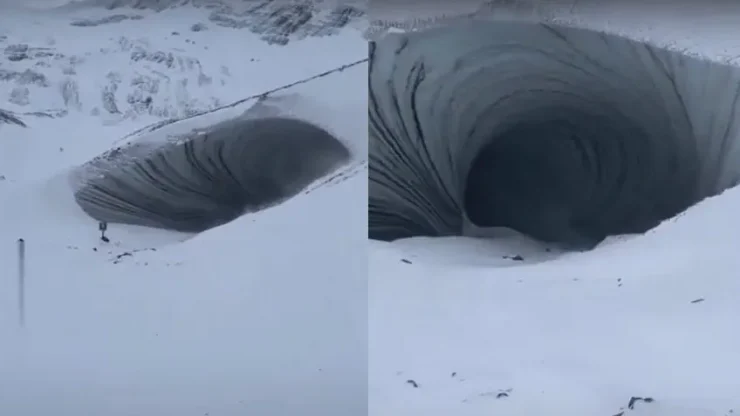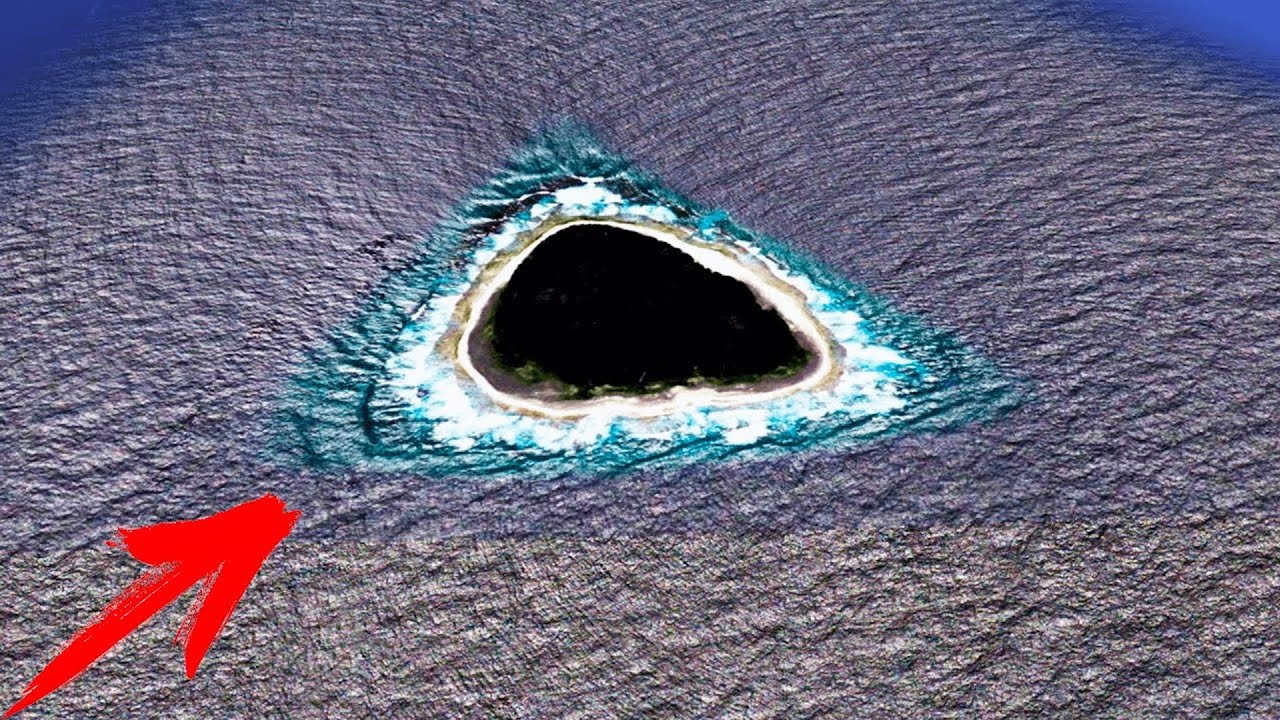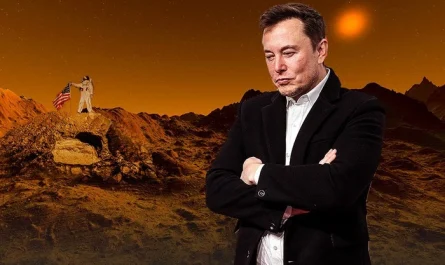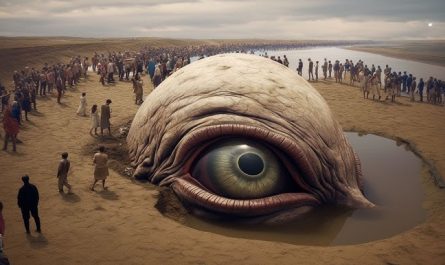Hold onto your hats, folks, because the internet lost its collective mind over a mysterious “black hole” spotted on Google Maps in 2021, and I’m here to unpack the wild ride! This bizarre find in the middle of the Pacific Ocean had everyone from Reddit sleuths to conspiracy theorists buzzing with ideas. Let’s dive into this oceanic enigma that’s equal parts creepy and fascinating!
A Dark Triangle in the Deep Blue
It all started when a Reddit user, Kokoblocks, was poking around Google Maps and stumbled across a jet-black, triangular patch in the Pacific Ocean, far from any major landmass. Posting on the Google Maps subreddit, they wrote, “What the f*** this looks nothing like an island!” And honestly, they weren’t wrong—it looked like a void had swallowed part of the ocean. The image went viral, sparking a flood of theories that ranged from hilarious to straight-up sci-fi.

Was it a secret military base blurred out by Google? A portal to another dimension? The Bermuda Triangle’s long-lost cousin? Or, as one cheeky Redditor quipped, “God dropped his guitar pick”? Some speculated it could be an underground volcano or igneous rock, while others leaned into wilder ideas like a “Hollow Earth entrance” or the island from Lost. The dark shape, surrounded by what looked like wave foam, had the internet in a tizzy, and even tabloids like the BBC and The Mirror jumped on the story.
The Truth Behind the “Black Hole”
After all the speculation, the mystery was solved—not by a team of scientists, but by eagle-eyed internet detectives. The “black hole” turned out to be Vostok Island, a tiny, uninhabited coral atoll in the Republic of Kiribati, about 4,000 miles east of Australia and 400 miles northwest of Tahiti. So why did it look like a cosmic abyss? Blame the Pisonia trees. These dense, dark green trees grow so tightly together that, from a satellite’s view, they appear jet-black, creating the illusion of a void.

Zoom in on Google Maps, and the picture gets clearer: it’s just a 56-acre island with a thick forest canopy. No secret bases, no alien portals—just a lot of trees doing their best impression of a black hole. National Geographic even backed this up with a 2009 video featuring diver Enric Sala, who called swimming around Vostok’s coral reefs “the very best dive of his life.” The island’s a wildlife sanctuary, home to seabirds, green turtles, and schools of sharks and barracudas, which only adds to its mystique.
Why the Confusion?
So why did this tiny island spark such a frenzy? Part of it’s Google Maps’ track record of blurring out sensitive spots like military bases, which had some users convinced Vostok was censored for shady reasons. One Redditor noted, “It wouldn’t make sense for a natural formation to be black like that in such a shallow, small atoll/island.” Others pointed out that Google sometimes paints in artificial ocean colors, and sloppy editing can make islands look weird. But Vostok’s no military hideout—it’s just a remote, tree-packed speck in the Pacific, discovered in 1820 by Russian explorer Fabian Gottlieb von Bellingshausen, who named it after his ship.
The Internet’s Love for a Good Mystery
This whole saga proves one thing: we love a good mystery. The “black hole” went from a random Reddit post to global headlines because it tapped into our curiosity about the unknown. Sure, Vostok Island’s just a forest doing a stellar impression of a sci-fi plot device, but the theories—alien bases, Atlantis portals, you name it—were half the fun. It’s a reminder that our planet still has plenty of quirks to keep us guessing, even if the truth is a bit less thrilling than a black hole.
So, what’s your take? Did you buy into the “black hole” hype, or are you already hunting for the next Google Maps oddity? Drop a comment and let’s geek out over this wild world of ours!
Watch more on the Video below:


